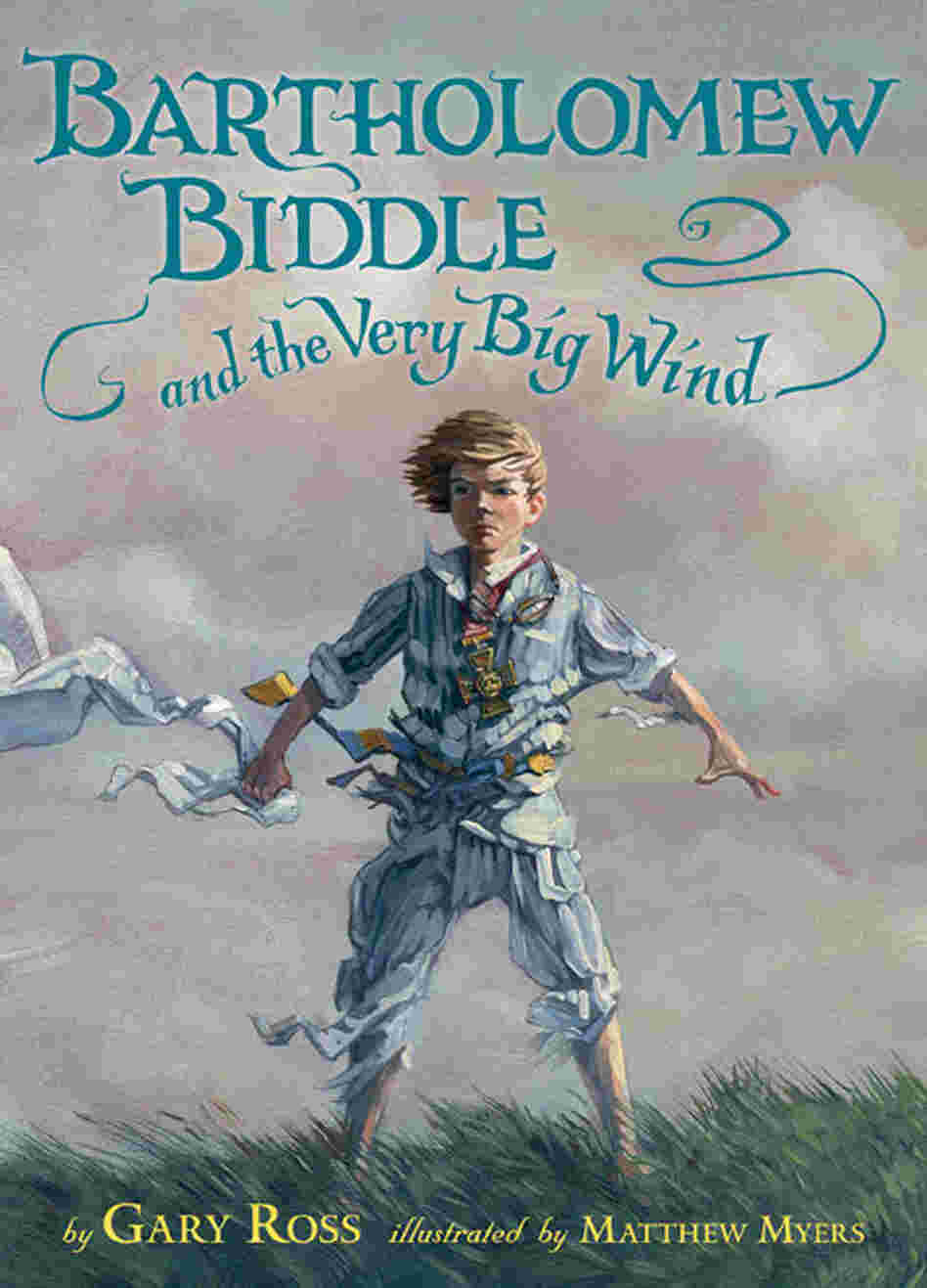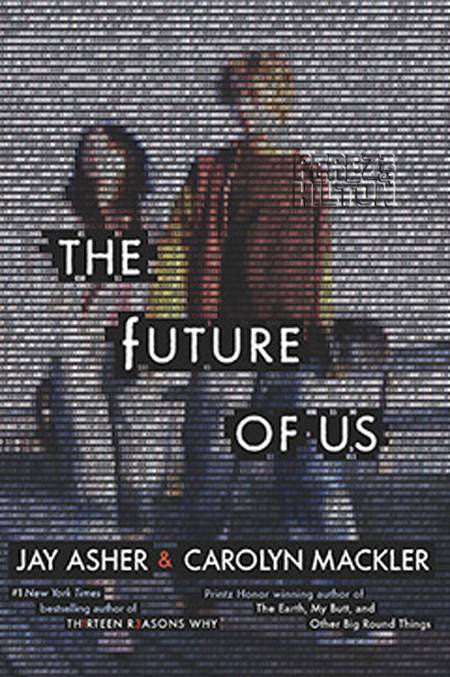
“Why is this written like a poem?” was my son’s first question as he scanned the book that we were going to do as read-aloud. He always flips through the books we are going to read together, scanning the pages for clues of the story. Bartholomew Biddle and the Very Big Wind by Gary Ross (with illustrations by Matthew Meyer) was not what we expected when we ordered it through our library’s loan system, but that’s OK. It is different for us, so used to reading novels together, and this verse-style picture book for older readers about a boy who decides to catch the wind one night and fly away worked just fine for us. (See excerpts from the book at NPR)
With echoes of Seuss (the character’s name alone had my son asking about it as he remembers Bartholomew from the Oobleck and other stories), the story takes off as the boy soars in the sky, with his bed sheet as a sail, and goes off on adventures, making new friends, cavorting with pirates and then getting stuck inside a canyon with other flying wayfarers (including Amelia Earhart) before finding a way out. As most stories of adventurers do, Bartholomew makes his way home by the end, changed by his experiences and appreciative of things he did not appreciate before.
I wish there had been more illustrations from Myers, whose depictions were a wonderful addition to the couplets of the story by Ross. There is a high level of vocabulary in the verse here, which is not a bad thing but something to know, and I wonder how the story might have been different if told in prose. I never really answered my son’s question about why the book is written as a poem, other than to say that the writer chooses and the reader reads, and maybe the poem style was how the writer best saw the story in his head. (I later found an interesting backstory by Ross, who is a Hollywood director, on how he came to write the story.)
As it is, the book was a nice different kind of reading for us (we’re back with a novel), and so I appreciated the surprise of it in form and content. I’ll let the next wind carry it back to the library so that some other adventurous reader can enjoy the journey.
Peace (in the very big wind),
Kevin


